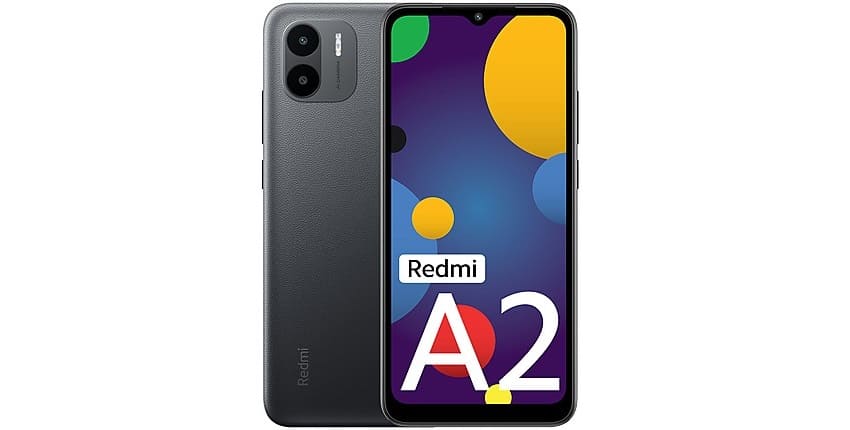Redmi A2 overheating? A complete guide!

This post aims to go deeper into understanding the causes of overheating issues on Redmi A2 and provides easy ways to resolve them.
How to solve overheating problems on your Redmi A2?
1. Intensive use of applications or processes:
Running intensive applications or methods for a long period of time may cause overheating. Close unwanted applications, limit procedures and do not use heavy applications for long intervals to reduce heat technology.
2. Ambient temperature:
High ambient temperatures, particularly in hot or humid climates, can contribute to overheating. Keep the smartphone in a cool environment, avoid direct sunlight, and don’t forget to use the device in a shaded place.
3. Software failures:
Software system failures within the running device can also lead to overheating, mainly due to excessive CPU usage. Keep your software up to date by installing firmware updates periodically, which include malware fixes and general performance improvements.
4. Processes in Background:
Numerous processes running simultaneously can overload the device’s supplies and cause overheating. Close useless background apps and procedures to lose device assets and reduce the chances of these issues occurring.
5. Charging during use:
Using your cell phone even while it is charging can generate additional heat, especially if the charger or cable is not of good quality. Allow the device to charge without using it or restricting its use during charging. Use exquisite chargers and cables to limit heat.
6. Clear cache files:
Accumulated cache documents can overload system assets and contribute to overheating. Clearing cache files can help improve device performance. To do this, go to settings, manage apps, select the particular one and clear its cache.
7. Disable Background Processes:
Some applications and approaches continue to run in the background even when they are not actively used. Check process and application settings and disable some processes that may contribute to overheating.
8. High screen brightness:
Keeping the screen brightness at excessive levels for long periods of time can contribute to overheating. Reduce the brightness or use adaptive brightness settings to minimize the chances of these issues occurring.
9. Ensure adequate ventilation:
Place the phone on flat, hard surfaces that allow proper airflow. Avoid shielding ventilation areas during use to facilitate heat dissipation.
10. Disable connectivity features:
Features like Wi-Fi, Bluetooth, and mobile stats can contribute to overheating if left enabled while not in use. Turn off those connectivity features while they are no longer needed to conserve power and reduce the load on the processor.
11. Limit GPS Use:
Continued use of GPS can contribute to overheating. If you no longer actively use navigation or location-based services, turn off GPS to save power. You can do this through the quick settings menu or within the settings under “Location.”
12. Reboot device:
A reset can often resolve temporary system crashes that affect device temperature. Turn off your smartphone for a few seconds and then turn it on. This move can refresh the device’s systems and could help reduce overheating.
Conclusion
By following the steps provided, you can effectively fix and mitigate overheating issues, ensuring you have a more reliable phone with a moderate temperature.




